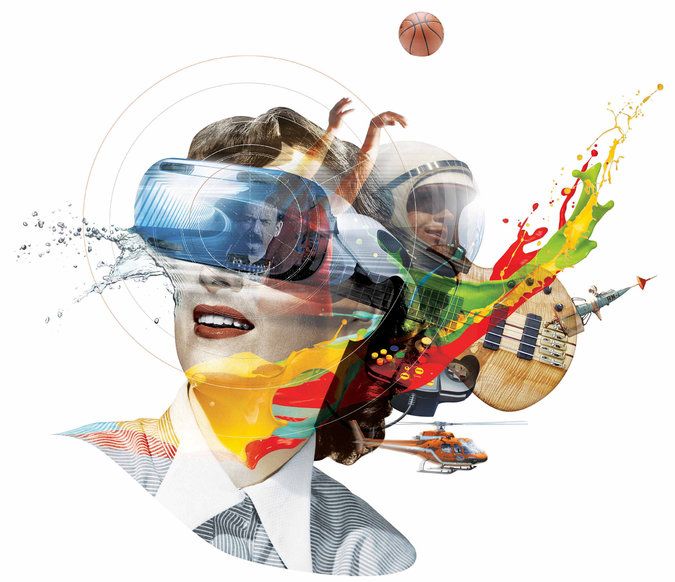Japanese company creates innovative new translation product. Decides to market it using the most cringeworthy video possible.


Japanese company creates innovative new translation product. Decides to market it using the most cringeworthy video possible.

Intel’s collaboration with eyewear maker Luxottica will launch its first product later this year, with the release of special smart glasses designed for athletes.
Intel showed off the technology, which it called Radar Pace, on stage at the Consumer Electronics Show in Las Vegas on Tuesday night. The wearable tech will apparently be available in sunglasses made by the Luxottica-owned Oakley brand.
During a video and on-stage demo, Intel showed how the Oakley glasses, equipped with special earpieces on either side, allowed an athlete to quickly track workout information like the speed and distance travelled while running. The tech is entirely voice-activated. Unlike Google Glass, which requires that users swipe the side of the headset to do certain things, the Radar Pace technology lets the wearer do everything just by talking.
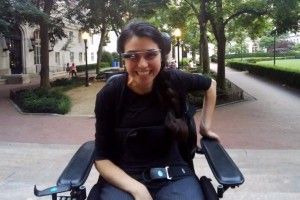
While the “Ice Bucket Challenge” raised millions to fuel research toward a cure for
amyotrophic lateral sclerosis (ALS), there are a number of assistive technologies already at work to help those currently affected by the disease. According to Alisa Brownlee, a clinical manager for the ALS Association, more assistive technologies and brain-computer-interfaces are on the way. At present, the largest hurdle is access.
Brownlee noted that the loss of communication is often the hardest part of ALS for someone to endure. As ALS is a progressive disease, there are several forms of assistive technology that are used based on a given patient’s physical status. Each form of that technology will work for awhile, but then patients will have to move on to something else as the disease progresses, she says.
Using computer access as one way to help maintain an ALS patient’s communication skills, ALS patients can transition to a track-ball mouse and on-screen keyboard in lieu of a standard computer mouse. From there, a person can use a head-mount, eye-gaze system, and even a tablet computer with a switch scanner.
“It depends on which type of device the individual wants and their physical limitations when we are getting involved with them. They can go from the very simple to the very complex,” Brownlee said. “Technology is wonderful, but it’s not for everyone. So it’s important to involve the person, understand their personality and understand their coping mechanism dealing with the loss of communication.”
While it’s a significant improvement over what was available 10 or 20 years ago, this assistive technology has its limitations, Brownlee said. A system which requires the user to dwell over a letter to type, such as a head mouse, is pretty much limited to five to seven words a minute, which can be frustrating when the average adult speaks about 150 to 200 words a minute. Further, eye-gaze systems can’t be used in natural light by those with underlying eye issues, such as users with tri-focals, torn retinas, or pupils that are too dark; plus, they can be difficult to calibrate.
“That’s the one thing I hear from our caregivers all the time, ‘Hey we can’t get the thing to calibrate!’” she said. “It has to be 23 inches away from the user and, if your positioning is anything less than that, it gets real difficult. It’s just real frustrating.”
Looking to the future of assistive technologies, wearable technology such as Google Glass is already showing great promise in helping those with ALS and other disabilities communicate, Brownlee said. The Google Glass headset is easy to calibrate, can be used in any light, and can be accessed by its user whether they’re sitting up or laying in bed, she said.
Costing a fraction of a standard $15,000 eye-gaze system, Google Glass is more affordable option, Brownlee added. Though there are still some user interface problems that need to be addressed, new applications to make Google Glass even more accessible to those with disabilities are in the works..
“A colleague of mine is working on how to drive a powered wheelchair through Google Glass. Because ALS is a progressive disease, we have a lot of people who can not drive their wheelchairs anymore because they’ve lost the function in their hands,” Brownlee said. “If this comes to fruition, you could be able to drive your wheelchair through Glass. And this could open up a whole world for many people with disabilities. It could also make a huge financial burden much easier, so people with disabilities could afford technology, because right now, it’s unaffordable.”
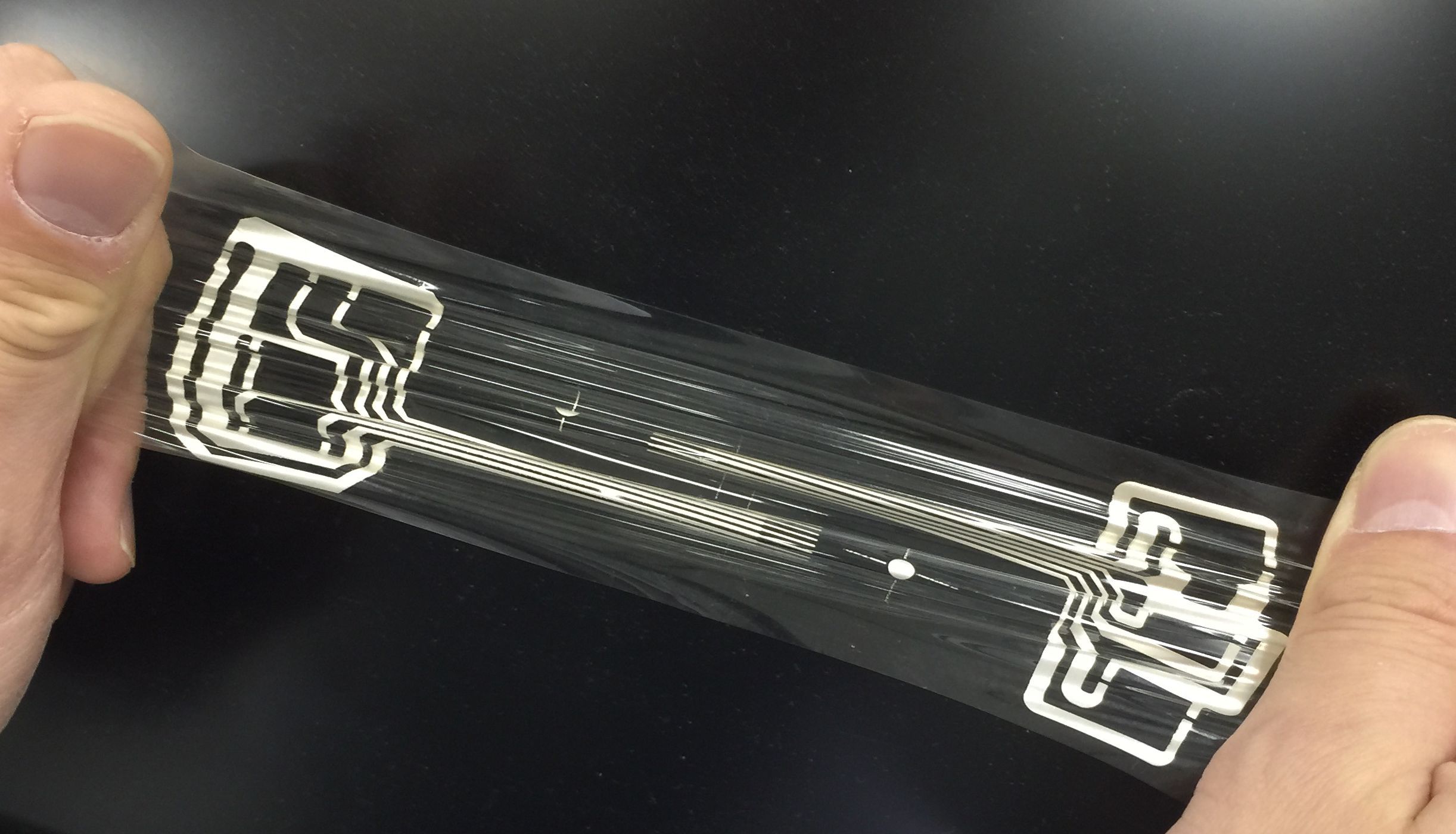
It’s a new resin.
Researchers at Panasonic PCRFY −0.78% in Japan have developed a new kind of resin that has the potential to make personal health electronics leaner and comfier.
The stretchy tech, announced by the company on Dec. 28, can be used as a base for electronic materials. Its physical properties makes electronics easier to apply to skin or clothing—like a Band-Aid or a tattoo, rather than a watch or a strap.
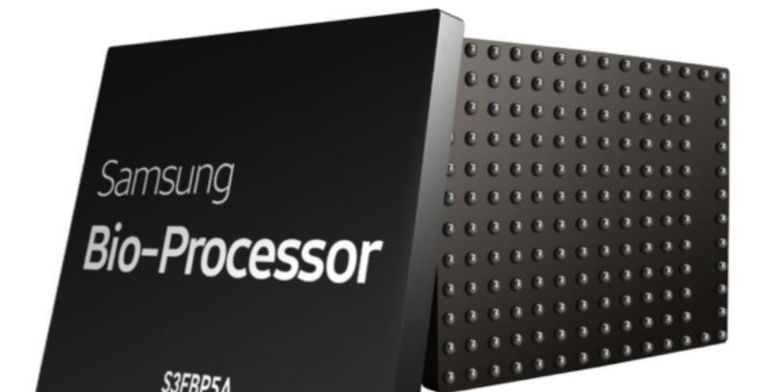
Samsung’s already wide product family is getting even bigger thanks to its new chip dubbed the “Samsung Bio-Processor.” As the company tells it, it’s already in mass production and is “specifically designed to allow accelerated development of innovative wearable products for consumers who are increasingly monitoring their health and fitness on a daily basis.” Phew. The announcement post goes on to say that the processor is the first all-in-one health solution chip and that since it’s packing a number of different control and sensor units (like a quintet of Analog Front Ends, a microcontroller unit, digital signal processor and eFlash memory) it can do all these tricks without the need for external processing.
The idea behind the silicon is to be the one-stop wearable fitness resource. Those five AFEs? One keeps track of bioelectrical impedance analysis, while the others focus on volumetric measurements of organs, an electrocardiogram and skin temperature, among other things. Bear in mind that Samsung’s latest smartwatch, the Gear S2, only tracks your heart rate. Same goes for the Apple Watch. Considering how err… interesting Samsung wearables tend to be, a possible scenario here is that the tech giant won’t keep the Bio-Processor all to itself. Nope, the real money here lies in potentially licensing it out to other folks, as it’s wont to do with its other self-made parts.
We won’t have to wait too long to see these in the wild, either: Samsung promises it’ll be packed into devices available early next year. If you’re wondering where, the inevitable follow-up to the aforementioned Gear S2 successor is a pretty likely bet. Whether that shows its face at CES or Mobile World Congress is the real question, though.
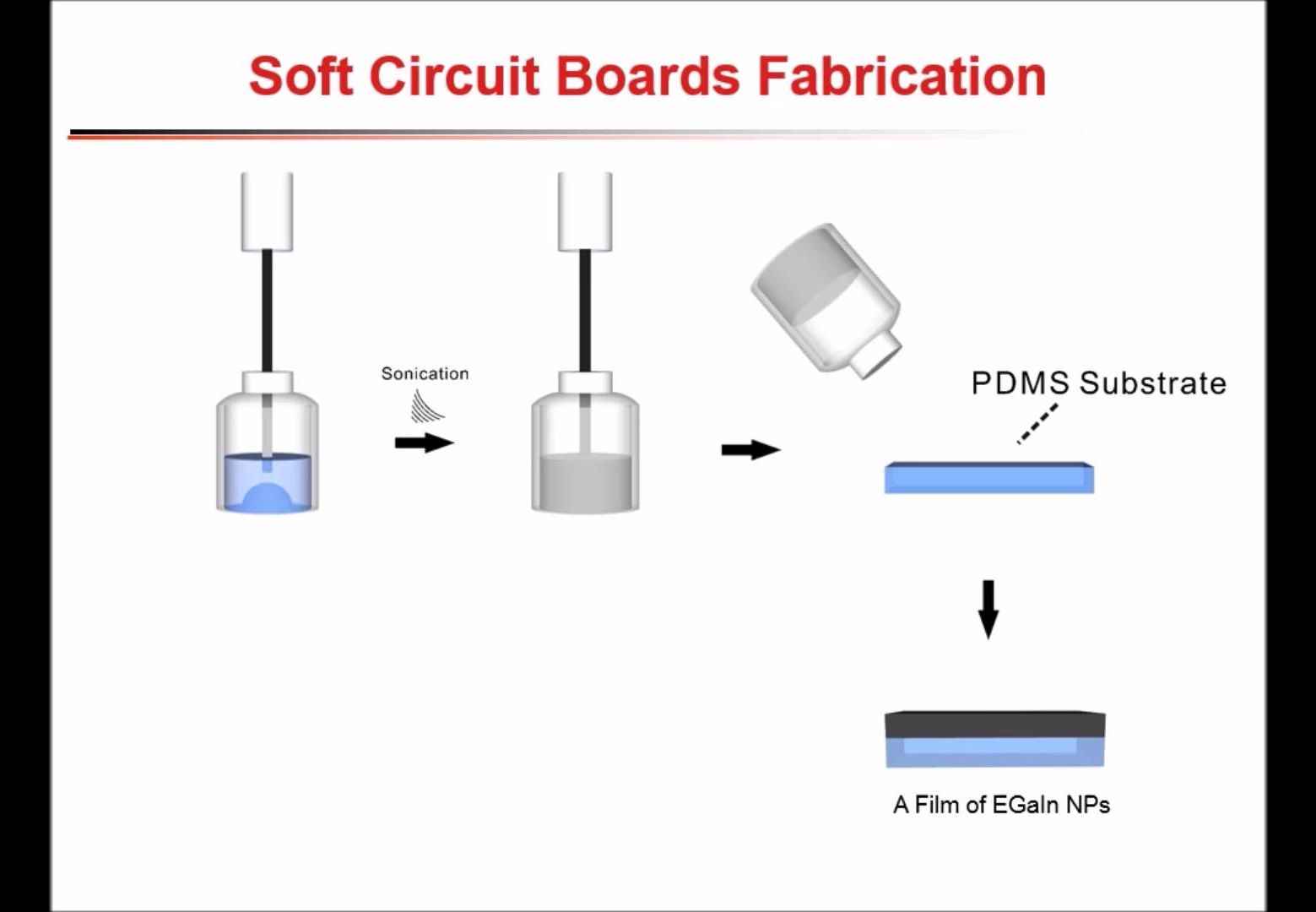
Scientists have developed a way to produce soft, flexible and stretchy electronic circuits and radio antennas by hand, simply by writing on specially designed sheets of material.
This technique could help people draw electronic devices into existence on demand for customized devices, researchers said in a new study describing the method.
Whereas conventional electronics are stiff, new soft electronics are flexible and potentially stretchable and foldable. Researchers around the world are investigating soft electronics for applications such as wearable and implantable devices. [5 Crazy Technologies That Are Revolutionizing Biotech].
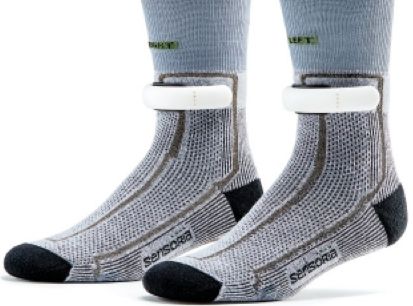
Here come the self drying jackets and self tying shoes! wink
The Athos Upper Body Package includes 14 built in sensors for real-time muscle and heart rate data. (credit: Athos)
Wearables will “disappear” in 2016, predicts New Enterprise Associates venture capital partner Rick Yang, cited in a Wednesday (Dec. 16) CNBC article — integrated “very directly into your everyday life, into your existing fashion sense to the extent that nobody knows you’re wearing a wearable,” he said.
For example, Athos makes smart workout clothes embedded with inconspicuous technology that tracks muscle groups, heart, and breathing rates, he noted.
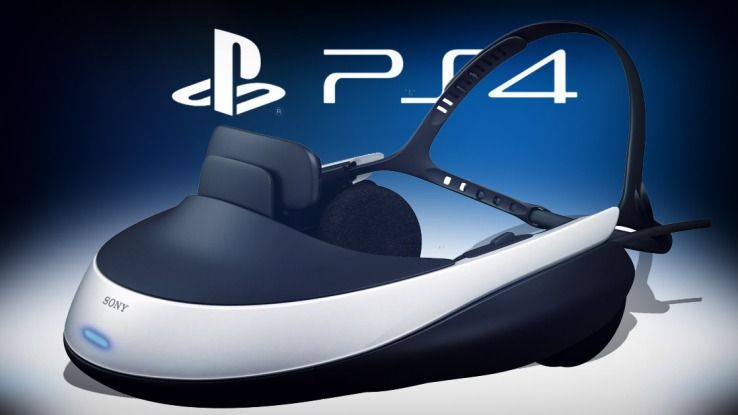
“Sony unveiled some new information about the PlayStation VR and showed off some new titles. Unfortunately we’ve gotten no more information on dates aside from early 2016. However, the games we saw during today’s keynote look fantastic.”
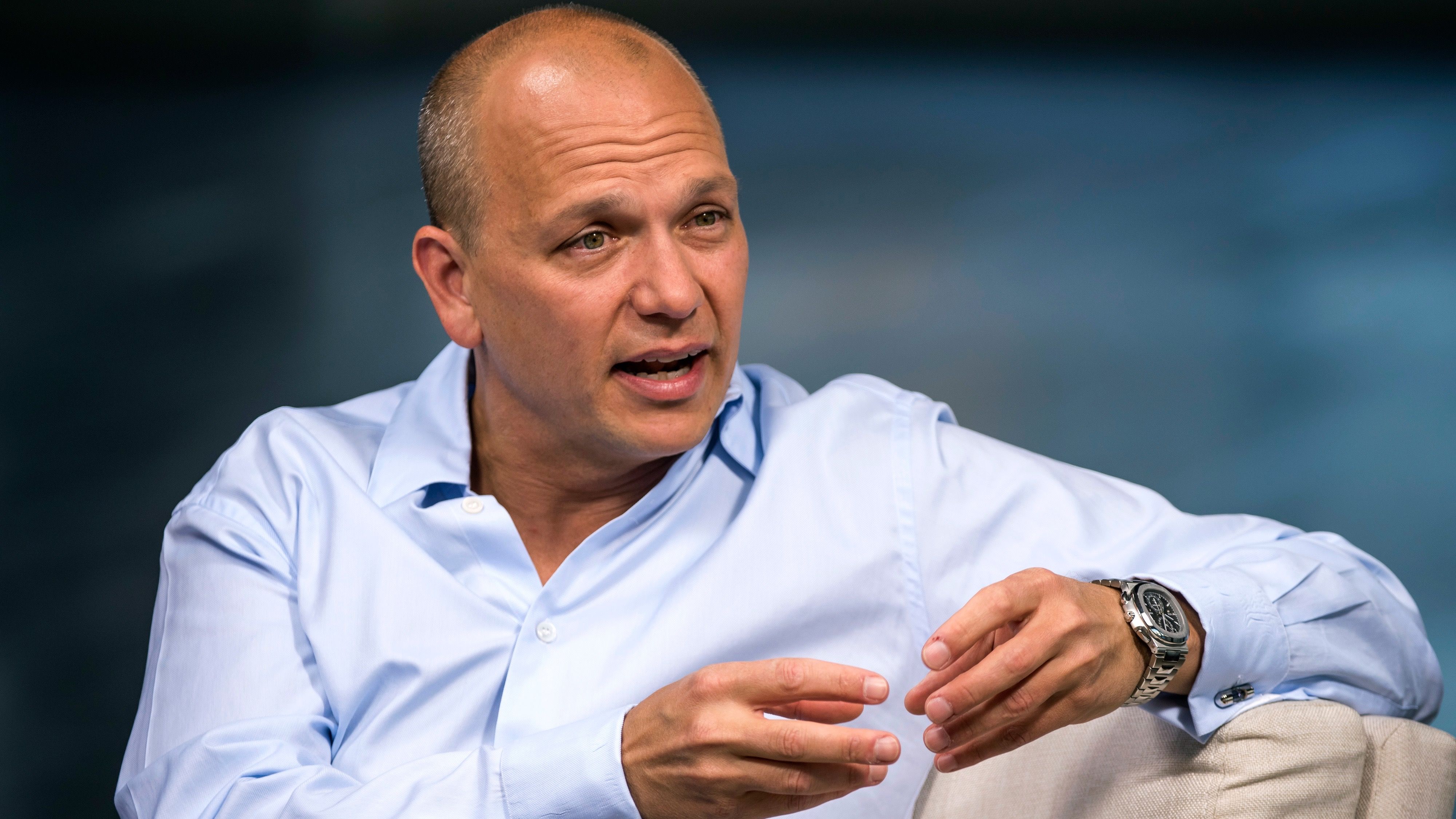
“We’ve learned that Google’s revamped Google Glass project, dubbed Project Aura, is working on a wearable with a screen—and at least one without.”
